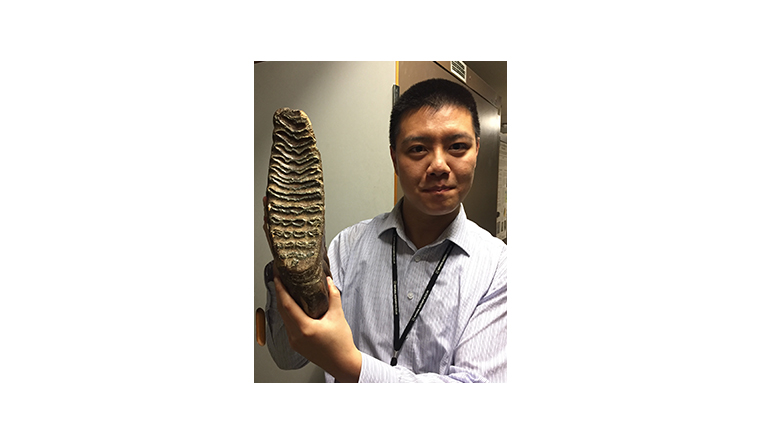
Steven Zhang
Dr Steven Zhang is a palaeontologist and Honorary Research Associate at the University of Bristol, where he studied palaeontology at undergraduate and PhD level. He is an expert in the evolution and fossil history of proboscideans – the group that contains elephants and their extinct cousins such as mammoths, mastodonts, stegodonts and deinotheres. His other research interest includes evolutionary responses of large mammal communities to past shocks to the Earth’s climate. Eager to tell the stories of these outlandish prehistoric beasts, Dr Zhang has conducted palaeontological outreach activities in museums and consulted for several television documentaries. In the photo, Dr Zhang is holding the lower molar tooth of a gigantic extinct straight-tusked elephant Palaeoloxodon, among the very largest land mammals to have ever lived.
Visit Steven ZhangLargest mammoths
Extinct elephants of the mammoth lineage attained truly gigantic sizes that dwarfed the biggest modern elephants. The largest mammoth species were the southern mammoth (Mammuthus meridionalis), which roamed across temperate parts of northern Eurasia around 2 million years ago, and its descendant, the steppe mammoth (M. trogontherii) originating in northern China some 1.6 million years ago before dispersing to other parts of Eurasia. The largest documented specimen of the latter had an estimated shoulder height of 4.5 m (14 ft 9 in) and weighed over 14 tonnes (15.4 tons).
